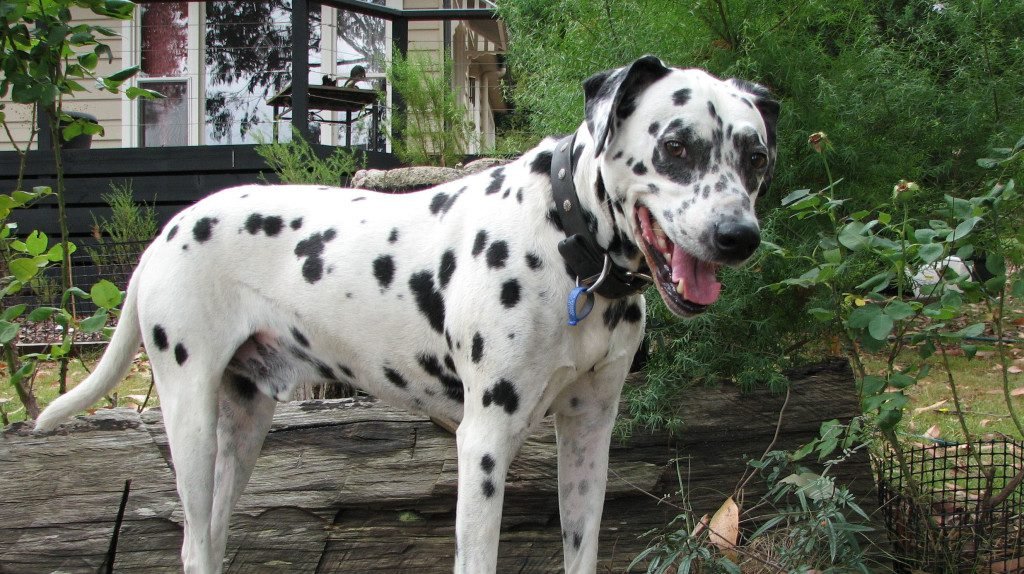The safest time to evacuate is BEFORE a fire starts – do it early, and prepare to take your pets with you.
Fire is a phenomenon found in most ecosystems within Australia. Those living in rural areas or on the urban fringe of cities are at some stage, most likely to experience bush fires, although travelers, holiday- makers, or those just passing through these areas can be exposed to the dangers as well.
Bush fires are more likely to occur when fuel loads are high, and weather conditions – such as high temperatures, high winds and low humidity, can support a fire. The higher the intensity of the fire, the harder that fire is to control, and the greater damage it is likely to cause.
Direct flame contact is rarely the cause of an animal’s death. They die because they are not satisfactorily protected from the heat and smoke the fire emits. Radiant Heat causes the body’s cooling system to fail, resulting in heat stroke, dehydration, asphyxiation and thus death. Putting distance between radiant heat and the animal is obviously the best refuge from the threat.
The safest time to evacuate is BEFORE a fire starts – do it early, and prepare to take your pets with you. Organise dog collars and leads, beds, additional food, etc, before summer hits. Is there a woolen blanket in the car? Consider taking your dog/dogs to the beach or visiting friends or relatives in town on Total Fire Ban days.
But you have to go to work and your pets are left at home. Then ensure they have suitable shade and water. Make arrangements with friends or neighbours who have access to your property to care for your pets if a fire does break out. Make sure your dogs/cats have satisfactory identification tags encase he/she is lost during a fire. Remember, during a fire, you may not be allowed back into the area to rescue your pet.
If you are caught on the road in your car during a fire – do not get either yourself or your pets out of the car. If you have the option, turn around and drive away from the fire. If not – pull to the side of the road into a cleared area. Try not to park your car close to long dry grass or scrub. Put your hazard lights and headlights on, and keep the engine running. Ensure all windows are up and vents are closed. Get yourself and your pets down as low as possible below window level. Cover yourself and your pets as much as possible with clothing (not synthetic), woollen blankets, or wet towels if available until the fire front passes. When you feel a reduction in heat, it is safe to get out and move.
If you do choose to stay with your home during a fire, ensure you have the necessary means to adequately restrain or confine your dog – as they may well be frightened and could panic. Pets need to be sheltered from the fire, preferably with you. Radiant heat cannot penetrate through a solid object; their best protection is to stay inside. Shut all doors and windows. Keep the dog cool and make sure there is plenty of water. A bath can be used – fill to around 10-15cm with water, a hot dog will happily lie in the water to keep cool. Ice cubes put in water dishes are also useful. Remember that temperatures on total fire ban days are often soaring above 40 degrees Celsius.
Suggested ‘Evacuation’ Bag:
- Collars & Leads,
- Food & Water Bowls,
- Small Amount of Dry Food,
- Medication – if required.
An Information List – your name, address and phone numbers, including the numbers of a friend or relative who is not in a threatened area. Your dog’s name, medical information and food requirements. Your Vets 24hr phone number.

